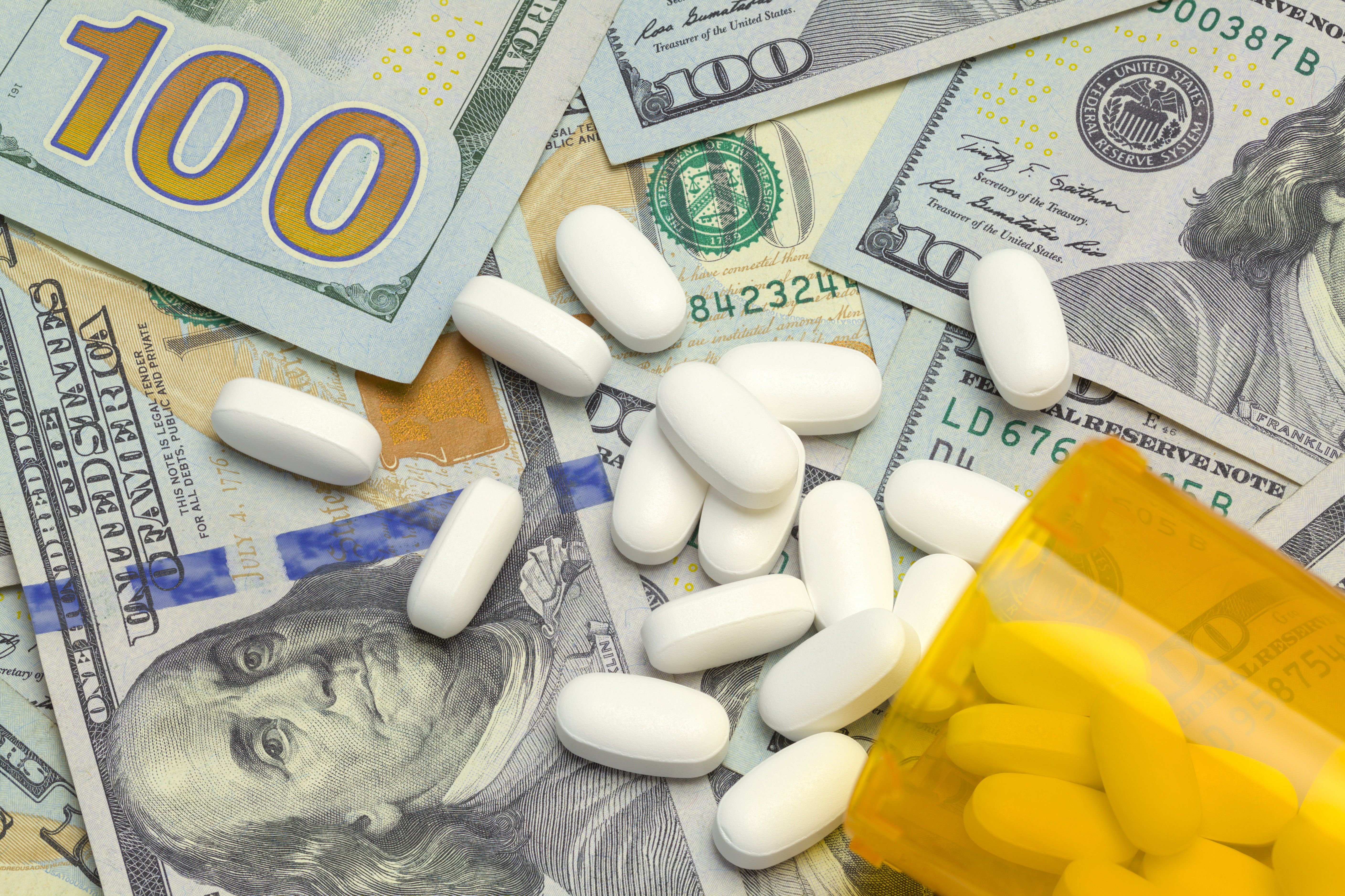Coupon Accumulators and Coupon Maximizers, Explained
Payers have used accumulators and maximizers to counteract drug coupons.

John S. Linehan

Editor's note: Yesterday in an extended Managed Healthcare Executive® blog post, John Linehan explained the complex and often confusng history of drug coupon accumulators and maximizers and the halting effort to regulate them. Today Linehan is using a hypothetical example to show how they work.
The patient is prescribed a drug that costs $36,000 per year, or $3,000 per month. She gets a copay card from the manufacturer that is valued at $12,000 per year. Patient’s benefit plan has a $3,000 deductible and, after the deductible has been met, a monthly copay of $500. The benefit plan has an annual maximum out-of-pocket (MOOP) of $9,000.
How an accumulator works
Patient uses the copay coupon to cover the monthly drug costs through April - and has no out-of-pocket expenses during the first four months of the year. However, because accumulator prevents coupon from applying toward cost-sharing requirements, she must pay the full deductible amount ($3,000) in May and monthly copays of $500 per month thereafter until the $9,000 MOOP may be reached. The health plan’s financial liability is reduced to at least $17,500 by the coupon's value and the beneficiary's full cost-sharing payments (deductible and copays).
How a maximizer works
Benefit plan’s maximizer increases patient’s monthly copay to slightly more than the coupon’s monthly value, say, to $1,200 per month. Coupon value is applied evenly across year at $1,000 per month, so patient is responsible for a copayment of $200 per month. But the coupon does not count toward meeting the deductible of $3,000 or MOOP of $9,000. The plan makes monthly $1,800 payments that sum to $21,600; the plan’s financial liability is reduced by the combination of the coupon’s value and the beneficiary’s copay payments.
Usually, but not always, accumulators are a better deal for health plans than maximizers, although there are other reasons plans might prefer maximizers.
John "Jack" S. Linehan is a member of the health care and life sciences group of Epstein Becker & Green.
Conversations With Perry and Friends
April 14th 2025Perry Cohen, Pharm.D., a longtime member of the Managed Healthcare Executive editorial advisory board, is host of the Conversations with Perry and Friends podcast. His guest this episode is John Baackes, the former CEO of L.A. Care Health Plan.
Listen
Breaking Down Health Plans, HSAs, AI With Paul Fronstin of EBRI
November 19th 2024Featured in this latest episode of Tuning In to the C-Suite podcast is Paul Fronstin, director of health benefits research at EBRI, who shed light on the evolving landscape of health benefits with editors of Managed Healthcare Executive.
Listen
Phase 3 Trial of Vertex’s Islet Cell Therapy for Type 1 Diabetes Under Way
April 23rd 2025Zimislecel is an allogeneic stem cell-derived islet cell therapy that could eliminate the need for insulin in those who have type 1 diabetes. Regulatory submissions are expected in 2026, and if approved, would be the second cell therapy for type 1 diabetes.
Read More